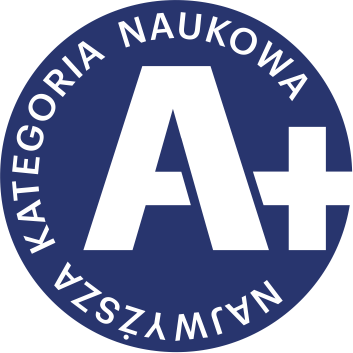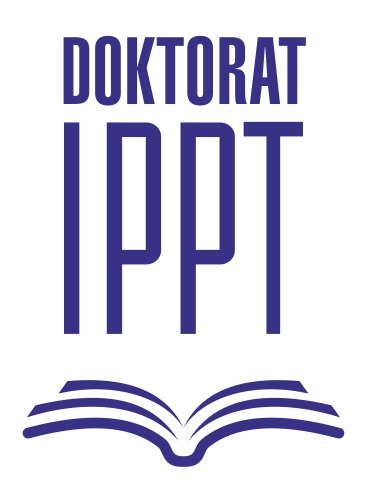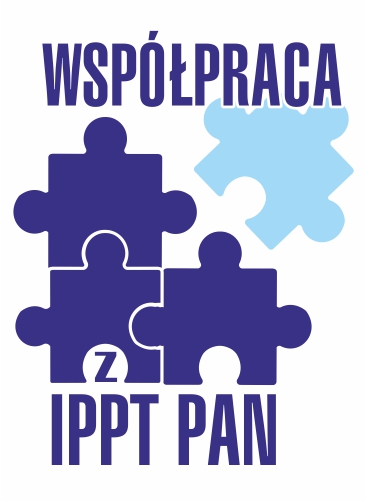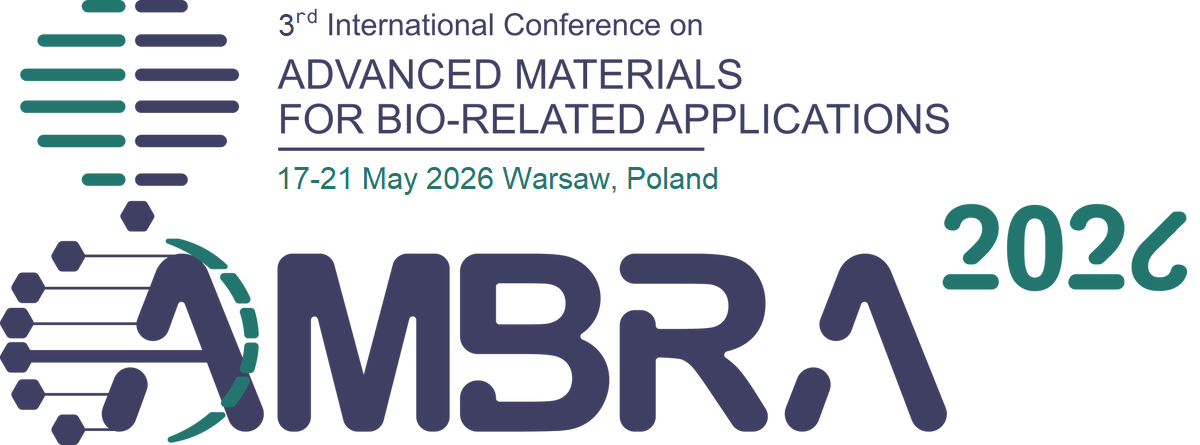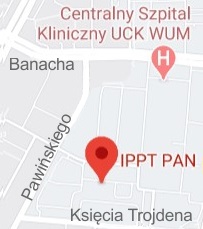| 1. |
Tauzowski P., Ostrowski M., Bogucki D., Jarosik P., Błachowski B., Structural Component Identification and Damage Localization of Civil Infrastructure Using Semantic Segmentation,
SENSORS, ISSN: 1424-8220, DOI: 10.3390/s25154698, Vol.25, No.15, pp.4698--, 2025 Streszczenie:
Visual inspection of civil infrastructure for structural health assessment, as performed by structural engineers, is expensive and time-consuming. Therefore, automating this process is highly attractive, which has received significant attention in recent years. With the increasing capabilities of computers, deep neural networks have become a standard tool and can be used for structural health inspections. A key challenge, however, is the availability of reliable datasets. In this work, the U-net and DeepLab v3+ convolutional neural networks are trained on a synthetic Tokaido dataset. This dataset comprises images representative of data acquired by unmanned aerial vehicle (UAV) imagery and corresponding ground truth data. The data includes semantic segmentation masks for both categorizing structural elements (slabs, beams, and columns) and assessing structural damage (concrete spalling or exposed rebars). Data augmentation, including both image quality degradation (e.g., brightness modification, added noise) and image transformations (e.g., image flipping), is applied to the synthetic dataset. The selected neural network architectures achieve excellent performance, reaching values of 97% for accuracy and 87% for Mean Intersection over Union (mIoU) on the validation data. It also demonstrates promising results in the semantic segmentation of real-world structures captured in photographs, despite being trained solely on synthetic data. Additionally, based on the obtained results of semantic segmentation, it can be concluded that DeepLabV3+ outperforms U-net in structural component identification. However, this is not the case in the damage identification task. Słowa kluczowe:
semantic segmentation, structural health monitoring, computer vision-based techniques Afiliacje autorów:
| Tauzowski P. | - | IPPT PAN | | Ostrowski M. | - | IPPT PAN | | Bogucki D. | - | IPPT PAN | | Jarosik P. | - | IPPT PAN | | Błachowski B. | - | IPPT PAN |
|  | 100p. |
| 2. |
Niedzielewski K.♦, Bartczuk R.♦, Bielczyk N.♦, Bogucki D. J., Dreger F.♦, Dudziuk G.♦, Górski Ł.♦, Gruziel-Słomka M.♦, Haman J.♦, Kaczorek A.♦, Kisielewski J.♦, Krupa B.♦, Moszyński A.♦, Nowosielski J.♦, Radwan M.♦, Semeniuk M.♦, Tymoszuk U.♦, Zieliński J.♦, Rakowski F.♦, Forecasting SARS-CoV-2 epidemic dynamic in Poland with the pDyn agent-based model,
Epidemics, ISSN: 1755-4365, DOI: 10.1016/j.epidem.2024.100801, Vol.49, No.100801, pp.1-31, 2024 Streszczenie:
We employ pDyn (derived from ‘‘pandemics dynamics’’), an agent-based epidemiological model, to forecast the fourth wave of the SARS-CoV-2 epidemic, primarily driven by the Delta variant, in Polish society. The model captures spatiotemporal dynamics of the epidemic spread, predicting disease-related states based on pathogen properties and behavioral factors. We assess pDyn’s validity, encompassing pathogen variant succession, immunization level, and the proportion of vaccinated among confirmed cases. We evaluate its predictive capacity for pandemic dynamics, including wave peak timing, magnitude, and duration for confirmed cases, hospitalizations, ICU admissions, and deaths, nationally and regionally in Poland. Validation involves comparing pDyn’s estimates with real-world data (excluding data used for calibration) to evaluate whether pDyn accurately reproduced the epidemic dynamics up to the simulation time. To assess the accuracy of pDyn’s predictions, we compared simulation results with real-world data acquired after the simulation date. The findings affirm pDyn’s accuracy in forecasting and enhancing our understanding of epidemic mechanisms. Słowa kluczowe:
Epidemic dynamics , Epidemiology, Agent-based model, COVID-19 Afiliacje autorów:
| Niedzielewski K. | - | inna afiliacja | | Bartczuk R. | - | inna afiliacja | | Bielczyk N. | - | inna afiliacja | | Bogucki D. J. | - | IPPT PAN | | Dreger F. | - | inna afiliacja | | Dudziuk G. | - | inna afiliacja | | Górski Ł. | - | inna afiliacja | | Gruziel-Słomka M. | - | inna afiliacja | | Haman J. | - | inna afiliacja | | Kaczorek A. | - | inna afiliacja | | Kisielewski J. | - | inna afiliacja | | Krupa B. | - | inna afiliacja | | Moszyński A. | - | inna afiliacja | | Nowosielski J. | - | inna afiliacja | | Radwan M. | - | inna afiliacja | | Semeniuk M. | - | inna afiliacja | | Tymoszuk U. | - | inna afiliacja | | Zieliński J. | - | Heller Consult sp. z o. o. (PL) | | Rakowski F. | - | inna afiliacja |
|  | 100p. |







